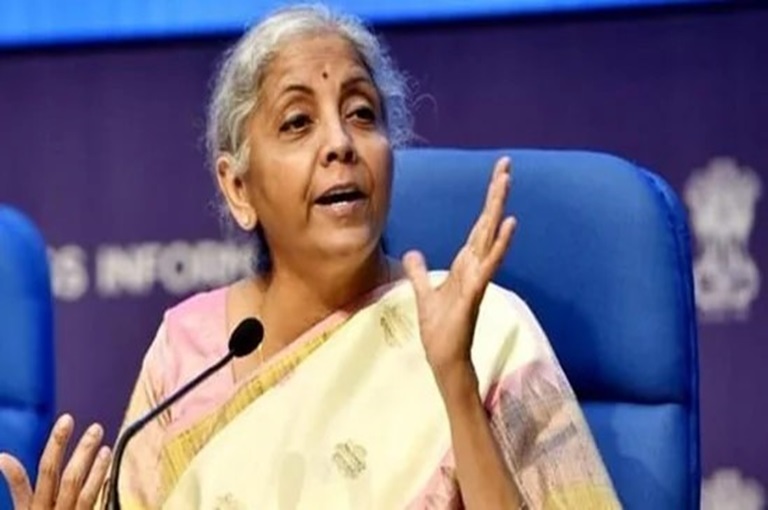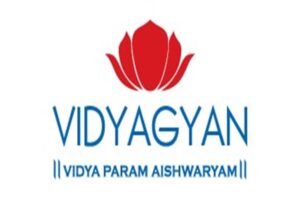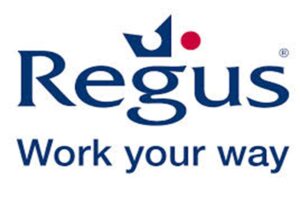
New Delhi: The upcoming budget by Union finance minister Nirmala Sitharaman, ahead of the elections, will prioritize welfare schemes for five key sections of society: women, the poor, youth, farmers, and tribals. The Bharatiya Janata Party (BJP)-led National Democratic Alliance (NDA) seeks a third term in office, riding on Prime Minister Narendra Modi’s promise of inclusive growth. As per insiders in the government, existing schemes targeting these sections of society are expected to receive increased funding, along with the potential announcement of new schemes.
“Schemes meant for these sections of the society will get emphasis in the budget. For example, education and skill development will get special attention, addressing the aspirations of the youth,” one of the two people said.
In the previous fiscal year (2023-24), the central government allocated over ₹1.12 lakh crore for school education, literacy, and higher education departments. Recognizing Prime Minister Modi’s vision of women-led development, the welfare of women will be a significant focus in Sitharaman’s budget speech on February 1. The emphasis on women’s welfare is evident from the attention given to women voters during the recent assembly polls in Madhya Pradesh, where both the Congress and BJP introduced schemes for women.
The ministry of tribal development, responsible for implementing welfare schemes for tribals, witnessed a substantial increase in allocation in the previous fiscal year. This trend is expected to continue in 2024-25, underscoring the government’s commitment to tribal welfare. The allocation for the ministry witnessed a remarkable 71% increase in the previous budget, with a significant portion directed toward the Eklavya Model Residential Schools (EMRS) program. This initiative provides free residential education from classes six to eleven to children from scheduled tribes. Additionally, the government’s Vikasit Bharat Sankalp Yatra, launched in Khunti, a village in Jharkhand with a substantial tribal population, demonstrates their focus on ensuring welfare programs reach all eligible individuals who have not yet been covered.
Farmers are expected to benefit from a projected 33% increase in the social transfer under the PM-Kisan Samman Nidhi. This program entails an annual transfer of ₹6,000 to small and marginal farmers. In the previous fiscal year, the government allocated ₹60,000 crore for this scheme, with a corresponding increase planned for 2024-25. The precise budgetary allocations for various ministries in the upcoming fiscal year are currently under consideration. While the government obtains an early understanding of expenditure patterns for the current year, revenue receipt trends become apparent as the fiscal year draws to a close.
Experts highlight the strategy of addressing the needs of vulnerable sections of society through the budget while concurrently undertaking reforms to facilitate business growth. This approach not only helps the ruling coalition establish rapport with the masses but also resonates with the well-off, all the while pursuing development goals. A.K. Verma, the director of the Centre for Study of Society and Politics, emphasizes the government’s shift towards inclusive politics by transitioning from caste-centric to class-centric politics. This shift represents a fundamental transformation in Indian politics.




